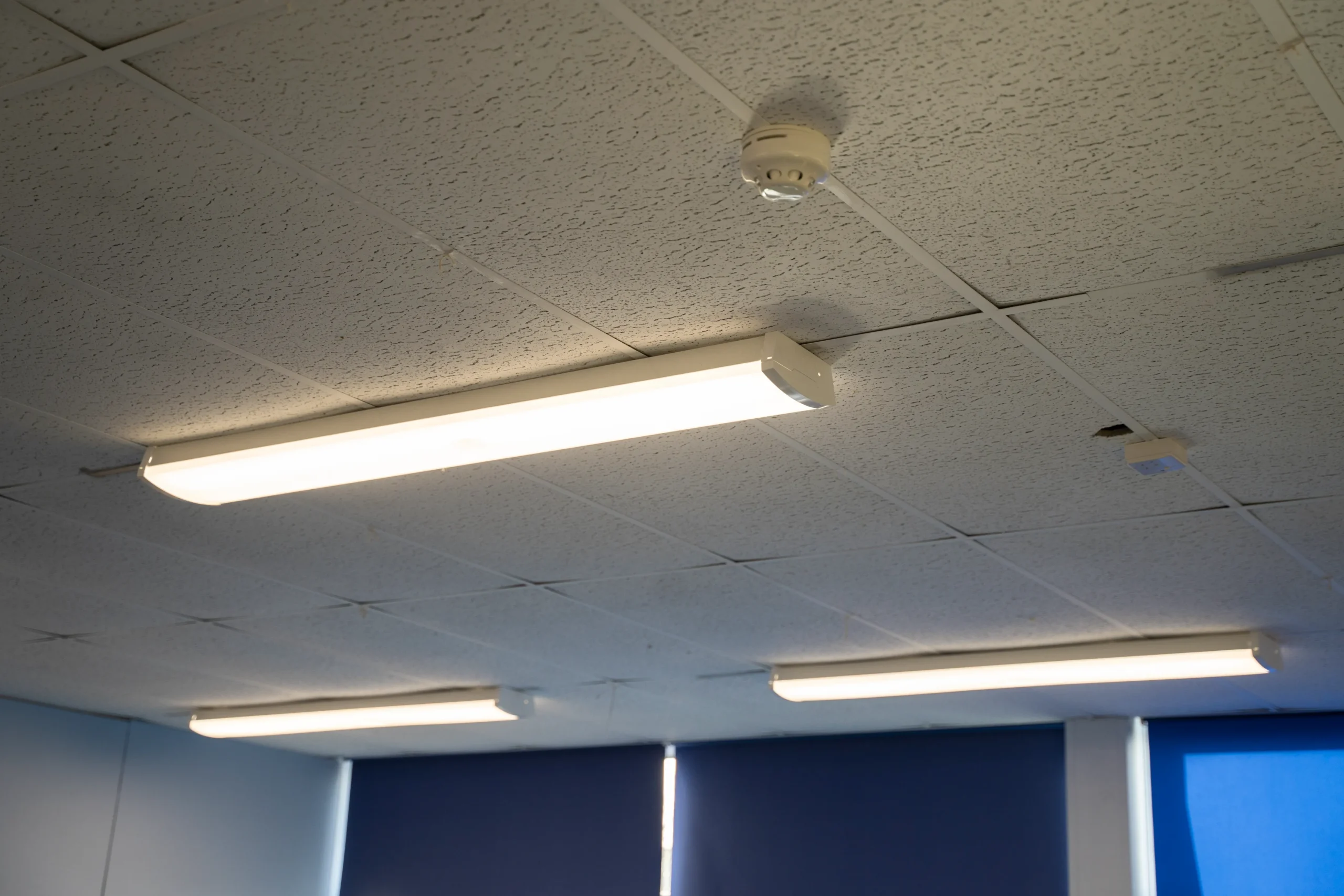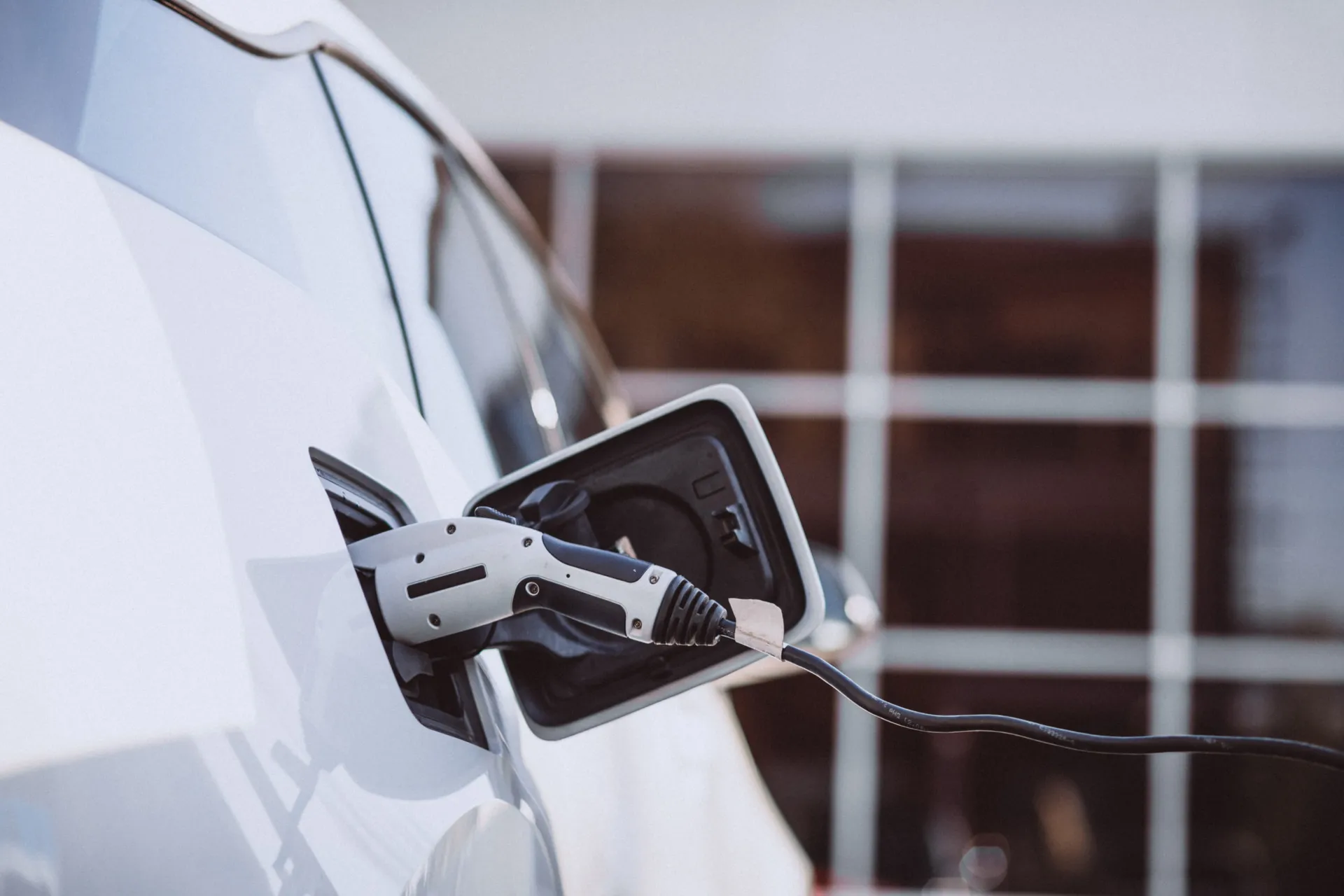February 2024 has seen a significant shift for UK businesses as T5 and T8 compact fluorescent bulbs join halogen bulbs becoming banned in the UK. The ban has been introduced mainly due to energy-saving regulations; however, fluorescent lamps also contain mercury, a hazardous substance known to be very damaging to the environment.
What does the ban mean for businesses?
Fluorescent lighting has been common in commercial, educational, healthcare, and manufacturing settings since it was introduced in the 1930s. Offering a good quality of light, long-lasting bulbs, and overall better return on costs than typical incandescent bulbs of the time. It was easy to see why fluorescent lighting was popular in commercial settings.
While many organisations have already made the switch to energy-efficient LED lighting in recent years, there are still millions of fluorescent lamps operating across the country.
Existing T5 and T8 stocks held by your business can continue to be used and will be available to purchase until the limited stocks are exhausted. As production of the T5 and T8 tubes and some associated components have been phased out, failure of your existing fittings would result in an obsolete lighting system.
Until the ban the initial cost of moving to LED lighting may have discouraged businesses from making the upgrade. However, the significantly longer lifespan and improved energy efficiency of LED lighting results in significant cost savings in the long run, with these paying for themselves in just a few years.
About LED Lighting
Recent developments in LED technology have created great benefits for businesses that make the switch to new LED lamps and tubes:
Energy Saving – LED bulbs use less power than any other makes and according to many manufacturers, offers a 90% saving over the old-fashioned incandescent bulbs. LED bulbs can be about a third more efficient than the compact fluorescent lamp (CFL) bulbs that we have all been encouraged to use to reduce our energy consumption. For instance, a 25 watt incandescent bulb compares to a 6 watt CFL and a 4 watt LED bulb.
Longer Lasting – A major benefit of LED bulbs is that they last significantly longer than incandescent bulbs. A well-manufactured LED bulb lasts around 50,000 hours compared to an incandescent bulb that could last 1,500 hours, presenting a real cost saving for businesses.
Full Immediate Light – In the past LED bulbs couldn’t provide enough light. Improvements in technology in the last couple of years mean this problem has been largely solved. LED bulbs now compare favourably with other light sources and, unlike CFL lights, they provide full light immediately rather than taking time to ‘warm up’.
Reducing CO2 – The green credentials of LED technology are a strong reason to change to these kinds of bulbs, particularly if you are a business that is keen to reduce its carbon footprint. LED lighting uses less energy and therefore reduces the CO2 emissions that come with electricity production.
Mercury Free – LED bulbs don’t contain any harmful metals such as lead or mercury and the manufacturing process is a lot cleaner than with other bulbs. The longer lifespan of LED bulbs also helps to reduce the impact on the environment.
Safer – LED lights stay cool meaning they pose less of a fire and burn hazard than heat-generating incandescent bulbs.
Factoring in the future availability, safety, and energy efficiency considerations, now is the right time for organisations to simply replace fluorescent lighting with LED technology.
How can Orbem Help?
From corporate offices and retail outlets to hospitality venues and sports facilities, Orbem’s LED lighting upgrades are designed to meet the unique demands of every industry. Light up your workspace and business, draw customers into your retail space with captivating designs, and create inviting atmospheres in hospitality venues.



